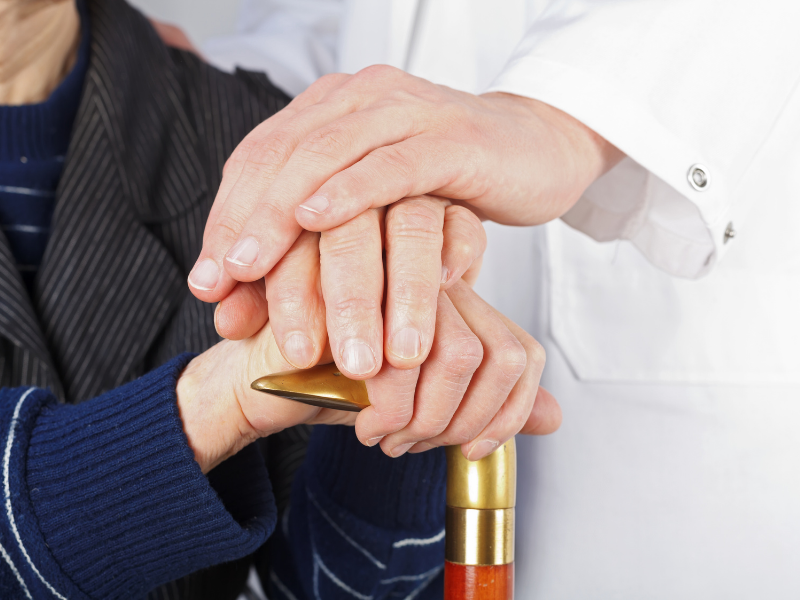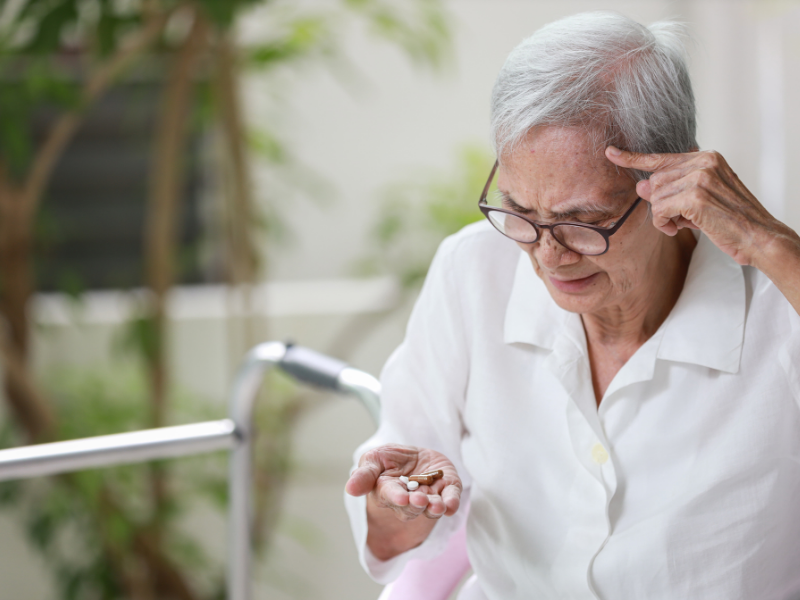
Geriatric Syndrome in Older Adults, Aromatherapy and More – How Does the Sense of Smell Reflect in the Brain?
In line with age-related decline in physiological function and other related consequences, the person's care
It is defined as geriatric syndrome. Some symptoms of geriatric syndrome
symptoms associated with acute illness, such as falling and shortness of breath; over 75 years old
symptoms related to chronic diseases, such as cognitive and respiratory impairment in the middle-aged population, and
loss of appetite, malnutrition. Often interrelated in older adults
multiple symptoms coexist. Existing medical conditions that do not combine symptoms
practices often cause undesirable side effects. Muscle and brain functions
age-related functional decline. This decrease may precipitate the geriatric syndrome. Also this
functional loss can also affect the function of sensory organs. human olfactory mucosa
nerve fibers located next to small vessels in the tissue of
it is thin. Decreased sense of smell in humans in recent years has been associated with cognitive dysfunctions.
It was considered an early sign. Studies on the sense of smell
It has been shown to be a part of brain function and associated with nervous system diseases.
A recent study in Japan found that aromatherapy was especially effective for shortness of breath,
symptoms of geriatric syndrome, such as cognitive decline, instability, and a tendency to fall
examined its effects on In addition, the use of aromatherapy for medical care in the elderly
demonstrated the potential to extend healthy life expectancy.
Patients with chronic respiratory disease, while performing body movements in daily life
they feel stuck. Therefore, they tend to involuntarily reduce their movements.
In short, they unconsciously reduce the effort as much as possible. This behavior; physical activity, capillary bed
It leads to a decrease in the density and number of mitochondria, thus aggravating the disease.
Reversing this situation with respiratory rehabilitation including exercises in these patients
It is possible and very important. In a study of patients with chronic lung disease
The effect of menthol on olfactory stimulation and airflow in patients was investigated. from 32 patients
while one group received volatile strawberry menthol, the other group was designated as a placebo and attended the fragrance sessions.
not included. When these two groups are compared, airflow perception in the menthol exposed group
changed and the feeling of dyspnea (shortness of breath) decreased.
According to the data of the World Health Organization, the number of dementia patients by 2050
will reach approximately 130 million. Dementia is not just associated with memory loss.
behavioral and psychological symptoms such as anxiety, anger, irritability, and violent language
brings with it. Aromatherapy, which first manifests itself with memory problems and
on dementia, which leads to various emotional and behavioral symptoms in the later stages
has healing potential. Odor-giving signals emitted from aroma molecules
reaching the receptive cortex, from there to the memory-related hippocampus and emotion-related amygdala
expense. In a study of 28 older adults, pepper-lemon and lavender-orange
Two daily sessions of aromatherapy with essential oils have been reported to improve cognitive function.
The aromas of rosemary and lemon essential oils are known for their stimulating effects, while lavender and
The aromas of orange essential oils are known for their calming effects. Another research is
The study was carried out with the participation of 49 dementia patients from the care facility. lavender several times a day
and 2 weeks of aromatherapy with lemongrass for aggressive treatment of advanced symptoms of dementia.
It has been reported to help reduce behaviors. Another report describes episodic (memory) memory.
showed that the key to remembering is olfactory memory.
Another symptom most common in older adults with dementia is persistent falling.
Among the emergency admissions, the number of fall-related accidents among older adults is quite high.
Changing sensory and motor systems in response to changing task and environmental demands
ability is called postural control. Postural control with various sensory inputs
are related. The main ones are visual and vestibular inputs. Visual for a healthy balance
Input is very important. Visual input is based on both the head position and the body during movement.
It contains information about the relationship between the environment. Vestibular input, standing with eyes closed
provides. In addition, it allows the evaluation of verticality perception, allowing walking, sliding or
Develops sensitivity to head movements during stumbling. Young adult adults
take longer to integrate their senses than adults. Therefore, visual signals,
Contributes to posture correction and balance in older adults. in older adults
various eye defects due to cataract, myopia or hyperopia, falling in the living environment and
increases the incidence of crashes.
Aroma molecules that stimulate the olfactory receptors in the nose are the primary olfactory receptors in the brain.
transmitted to the thalamus via the cortex. Meanwhile, tactile and muscle-tendon impulses are transmitted through the thalamus.
reaches the sensory cortex area. Then the information coming from every part of the body
sends it to an area where it is integrated and forwarded. (somatosensory convergence area) Briefly,
The thalamus is the intersection point of both various stimuli and information from the sense organs.
The results of the study on the relationship between geriatric syndrome and aromatherapy in Japan,
standing with eyes closed (vestibular input) with lavender-black pepper aromatherapy
It was found that it can be supported and associated with postural sway. In addition, aromatherapy
It has been suggested that it can improve balance while standing in adults. Walk
"Timed up and Go" test, which is an indicator of performance and dynamic balance, is taken from the chair.
alternating between getting up, walking 3 meters, and walking back to turn around and sit in the same chair
measures time. Lavender-grapefruit aromatherapy results in this test in older adults.
improved. This test not only improves walking performance but also the risk of falling.
It is a proven prediction. Numerous sensory and motor functions for posture and movement control
mechanism must be able to work together. A volatile odor stimulates a large area of the cerebral cortex. It
Therefore, the stimulation of the sense of smell with the help of an aromatic oil, the activation of the cerebral cortex.
It helps to control the balance efficiently.
As a result, this research, which marked the year 2021, shows that aromatherapy can be used in older adults.
effective method to manage the symptoms of geriatric syndrome associated with brain damage.
indicates the tool.
SOURCE
• Medical aromatherapy in geriatric syndrome, Geratric Gerontology International,
2021
• padulainstitute.com/ adaptive-postural-control



